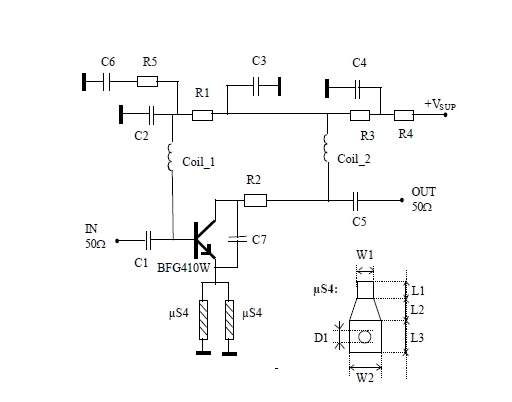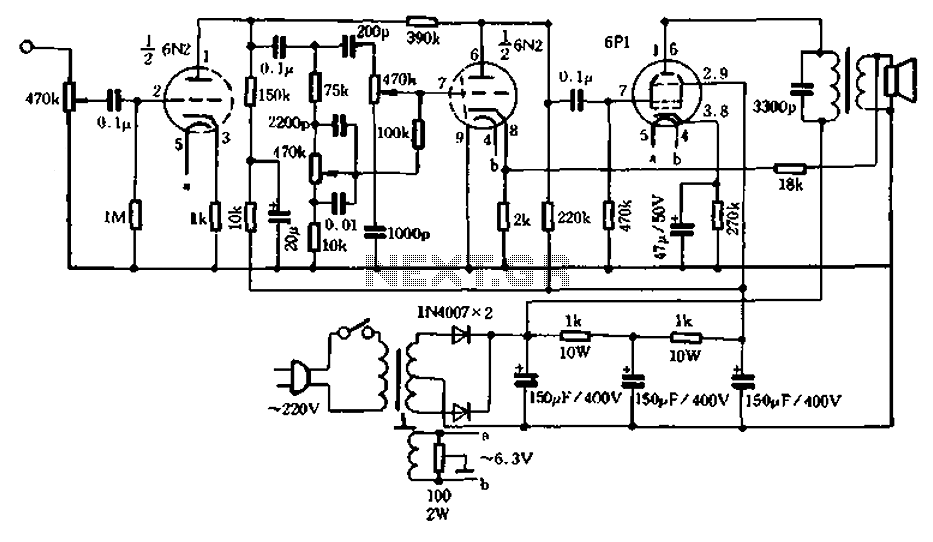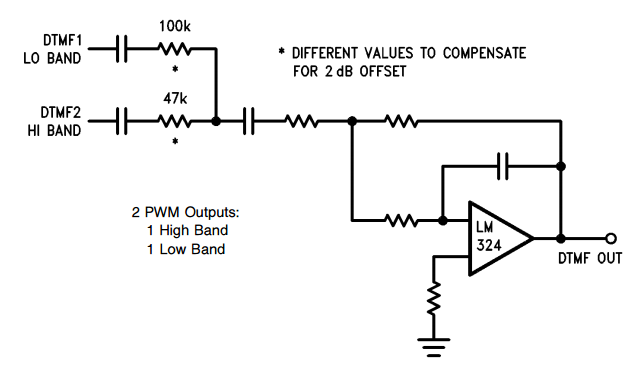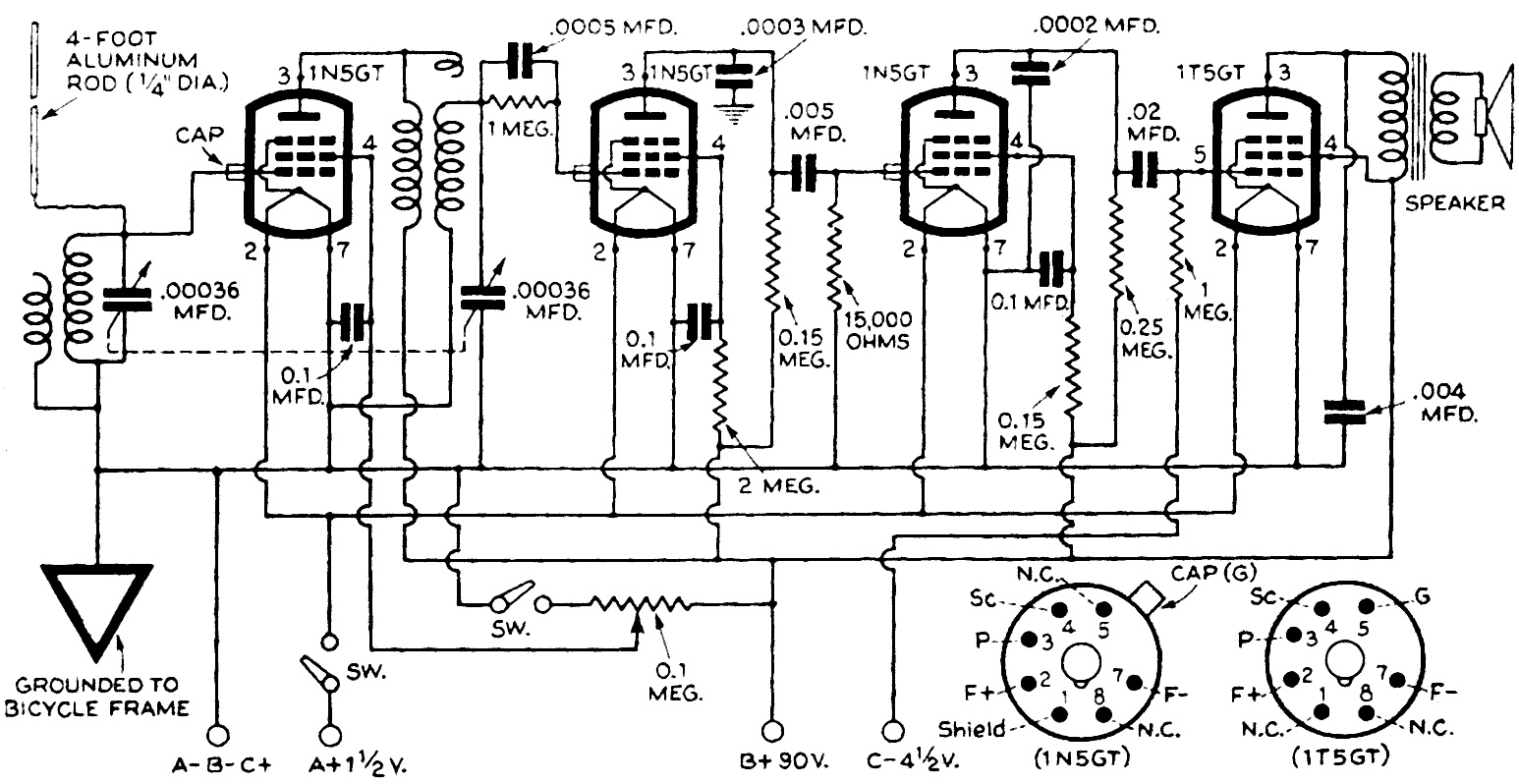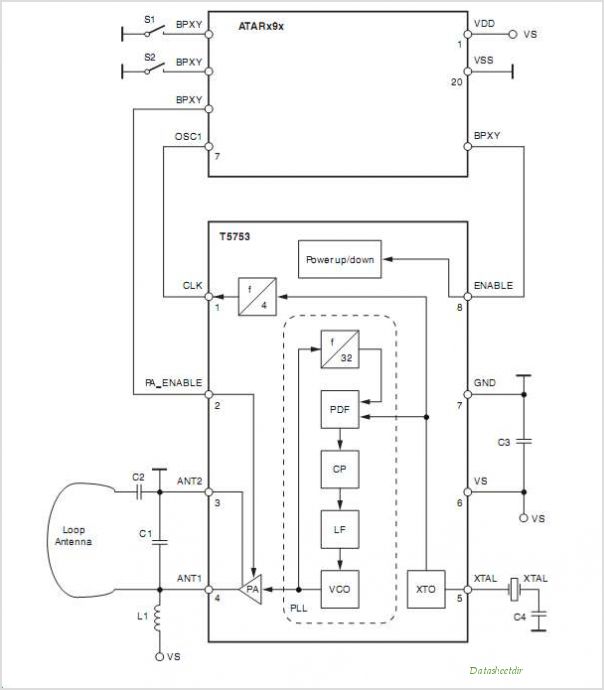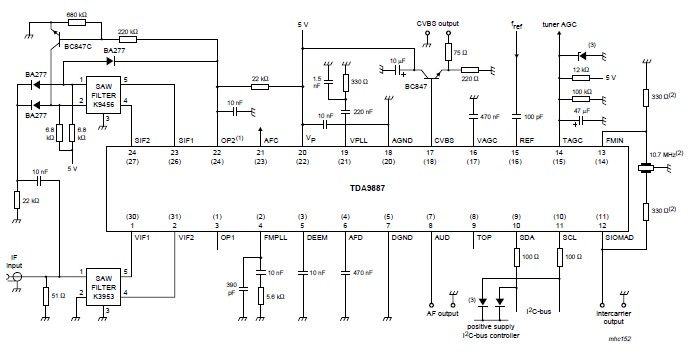
433 MHz UHF lost model radio beacon
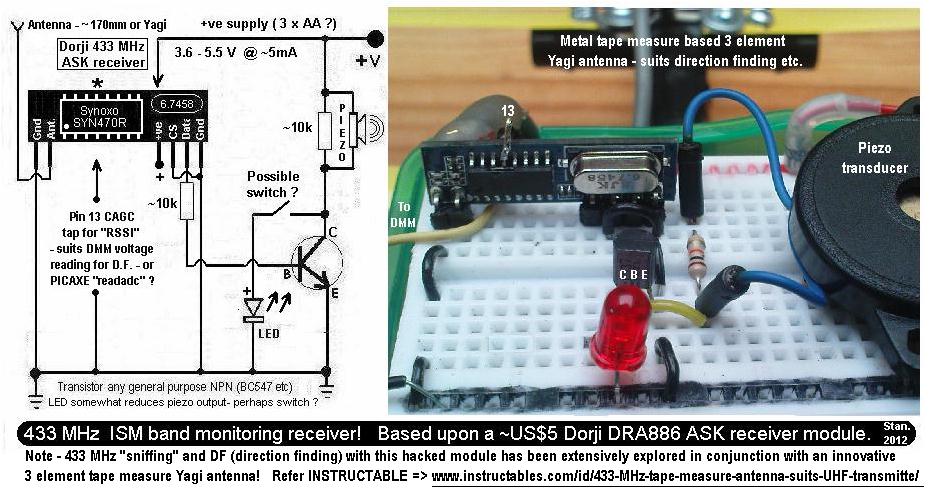
This is a simple 433.92 MHz short-range radio beacon that can be useful for locating downed R/C planes, lost balloons, model rockets, or possibly hidden items.
The 433.92 MHz short-range radio beacon circuit is designed to transmit a signal over short distances, making it ideal for applications such as locating remote-controlled (R/C) aircraft, balloons, or model rockets that may have gone off course. The circuit typically consists of a transmitter module, a power source, and an antenna.
The transmitter module operates at the 433.92 MHz frequency, which is commonly used for short-range communication. It is important to select a module that is capable of achieving stable transmission within the desired range. The power source can be a battery or any suitable DC power supply that meets the voltage requirements of the transmitter module.
The antenna plays a crucial role in ensuring effective signal transmission. A simple dipole antenna can be constructed using two lengths of wire cut to the appropriate length for the 433.92 MHz frequency. The antenna should be mounted vertically to maximize the radiation pattern and improve range.
When designing the circuit, it is essential to include a switch or a button to activate the beacon. This allows the user to turn the device on only when needed, conserving battery life. Additionally, incorporating an LED indicator can provide a visual cue that the beacon is active.
For enhanced functionality, the circuit can be modified to include a microcontroller that generates a specific transmission pattern or code. This can help differentiate between multiple beacons in the vicinity and provide a unique identification for each device.
Overall, the 433.92 MHz short-range radio beacon circuit is a straightforward project that can be assembled with minimal components, making it accessible for hobbyists and engineers alike. Its practical applications in locating lost items make it a valuable tool for various outdoor activities.Here`s a simple 433.92 MHz short range radio beacon that may be handy for locating downed R/C planes, lost ballons, model rockets - or perhaps hidden.. 🔗 External reference
The 433.92 MHz short-range radio beacon circuit is designed to transmit a signal over short distances, making it ideal for applications such as locating remote-controlled (R/C) aircraft, balloons, or model rockets that may have gone off course. The circuit typically consists of a transmitter module, a power source, and an antenna.
The transmitter module operates at the 433.92 MHz frequency, which is commonly used for short-range communication. It is important to select a module that is capable of achieving stable transmission within the desired range. The power source can be a battery or any suitable DC power supply that meets the voltage requirements of the transmitter module.
The antenna plays a crucial role in ensuring effective signal transmission. A simple dipole antenna can be constructed using two lengths of wire cut to the appropriate length for the 433.92 MHz frequency. The antenna should be mounted vertically to maximize the radiation pattern and improve range.
When designing the circuit, it is essential to include a switch or a button to activate the beacon. This allows the user to turn the device on only when needed, conserving battery life. Additionally, incorporating an LED indicator can provide a visual cue that the beacon is active.
For enhanced functionality, the circuit can be modified to include a microcontroller that generates a specific transmission pattern or code. This can help differentiate between multiple beacons in the vicinity and provide a unique identification for each device.
Overall, the 433.92 MHz short-range radio beacon circuit is a straightforward project that can be assembled with minimal components, making it accessible for hobbyists and engineers alike. Its practical applications in locating lost items make it a valuable tool for various outdoor activities.Here`s a simple 433.92 MHz short range radio beacon that may be handy for locating downed R/C planes, lost ballons, model rockets - or perhaps hidden.. 🔗 External reference
